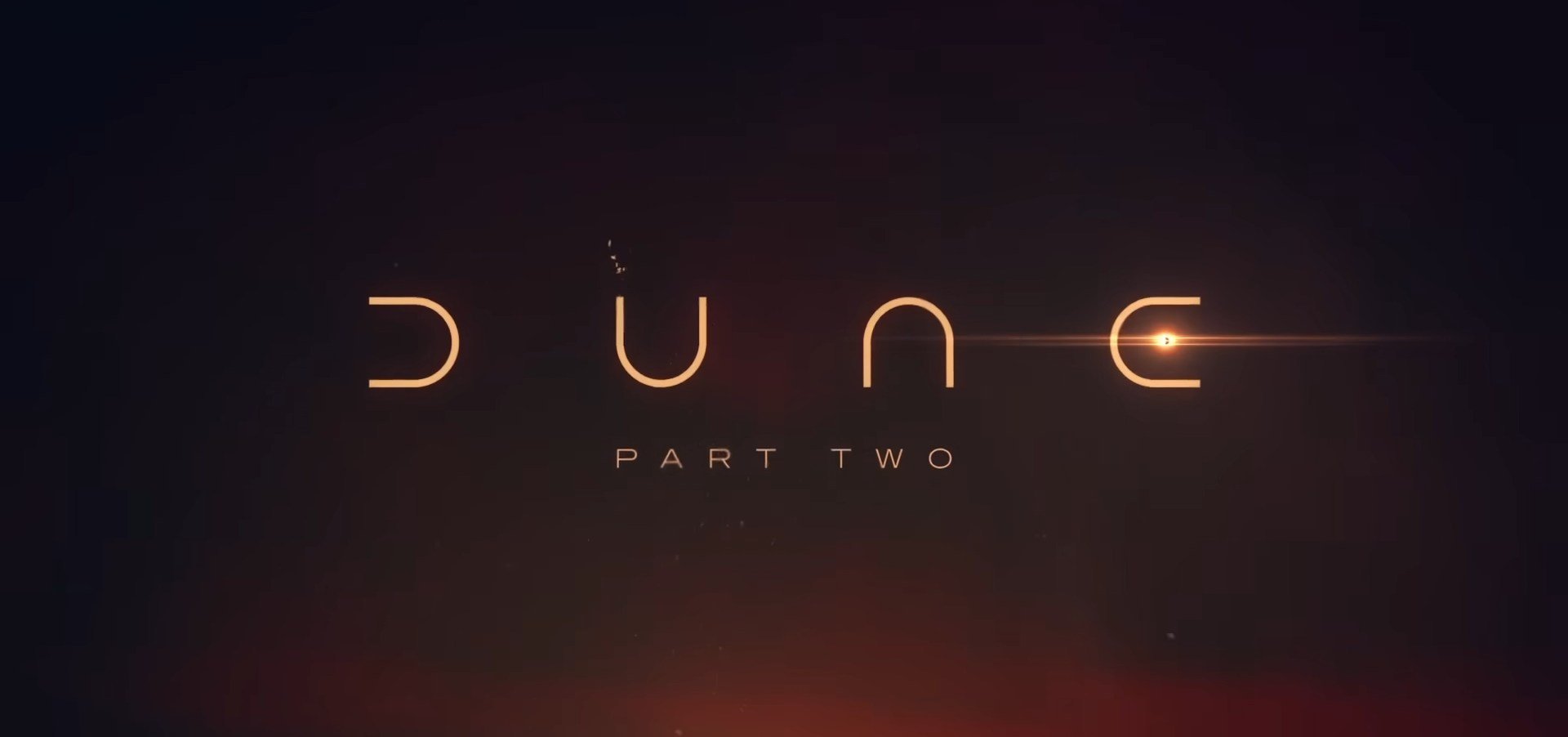Season 1 of Babylon 5 has held up remarkably well,* and far better than I expected! The last time I rewatched - quite a few years ago - I remember thinking it looked and felt horribly dated, so I believe the remaster has made a ton of subtle improvements that create a much more watchable experience from a visual perspective.
These recent remasters (Farscape and The Abyss, along with B5) don't make the product look like a "new" show, but they do enough so that (except when heavy special effects are in use) you don't notice that it's an "old" show. Then, it's all about the story and characters.
And my goodness, this story. JMS really did know where he was going from the very beginning; that wasn't just PR puffed up after the fact to make the show seem more important.
Now, onward to Season 2, where shit gets real - but it's okay, because "Captain Sunshine" is on the job! (#MrJennsen's nickname for Sheridan.)
*It held up far better than Farscape Season 1, I'm afraid, which took 3/4 of the season for the script and the actors to get their feet under them and figure out what they were making here. Mind you, once they did, it quickly became a wonderful, delightfully weird and unexpectedly heartfelt show. Ben Browder and Claudia Black are even more amazing than I remembered, and...but this is a B5 post, not a Farscape one!



















